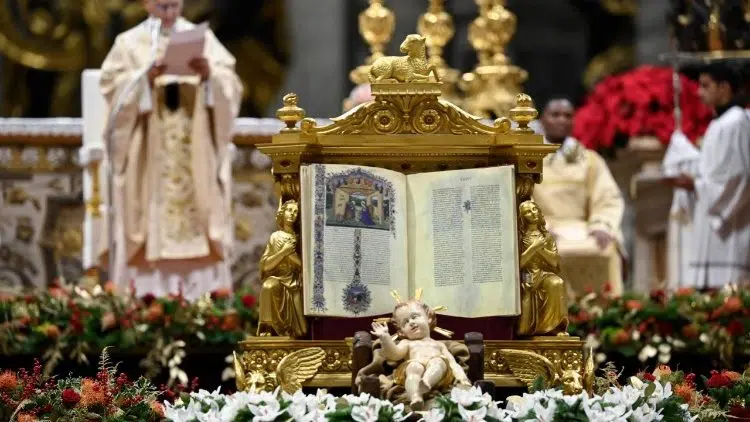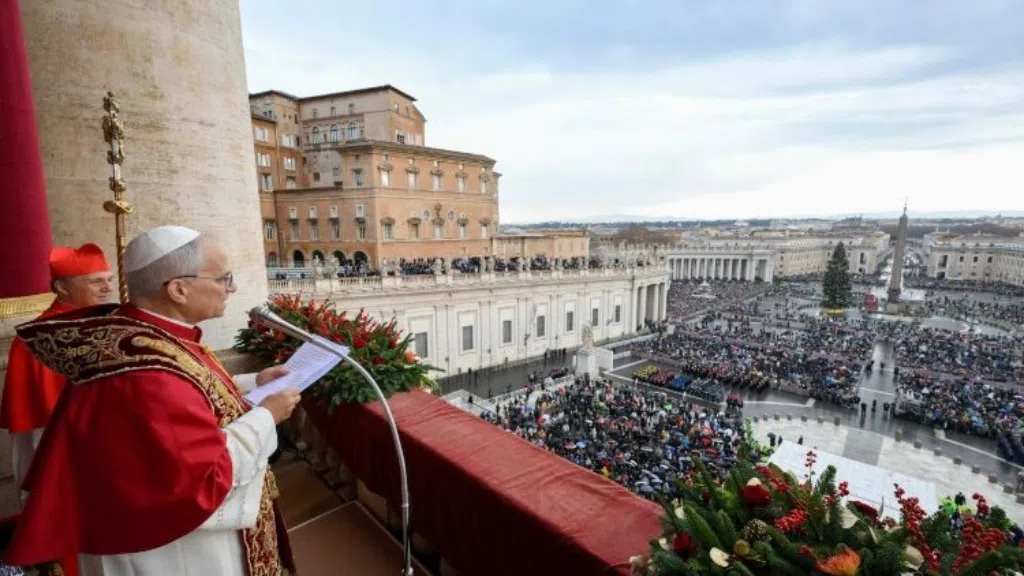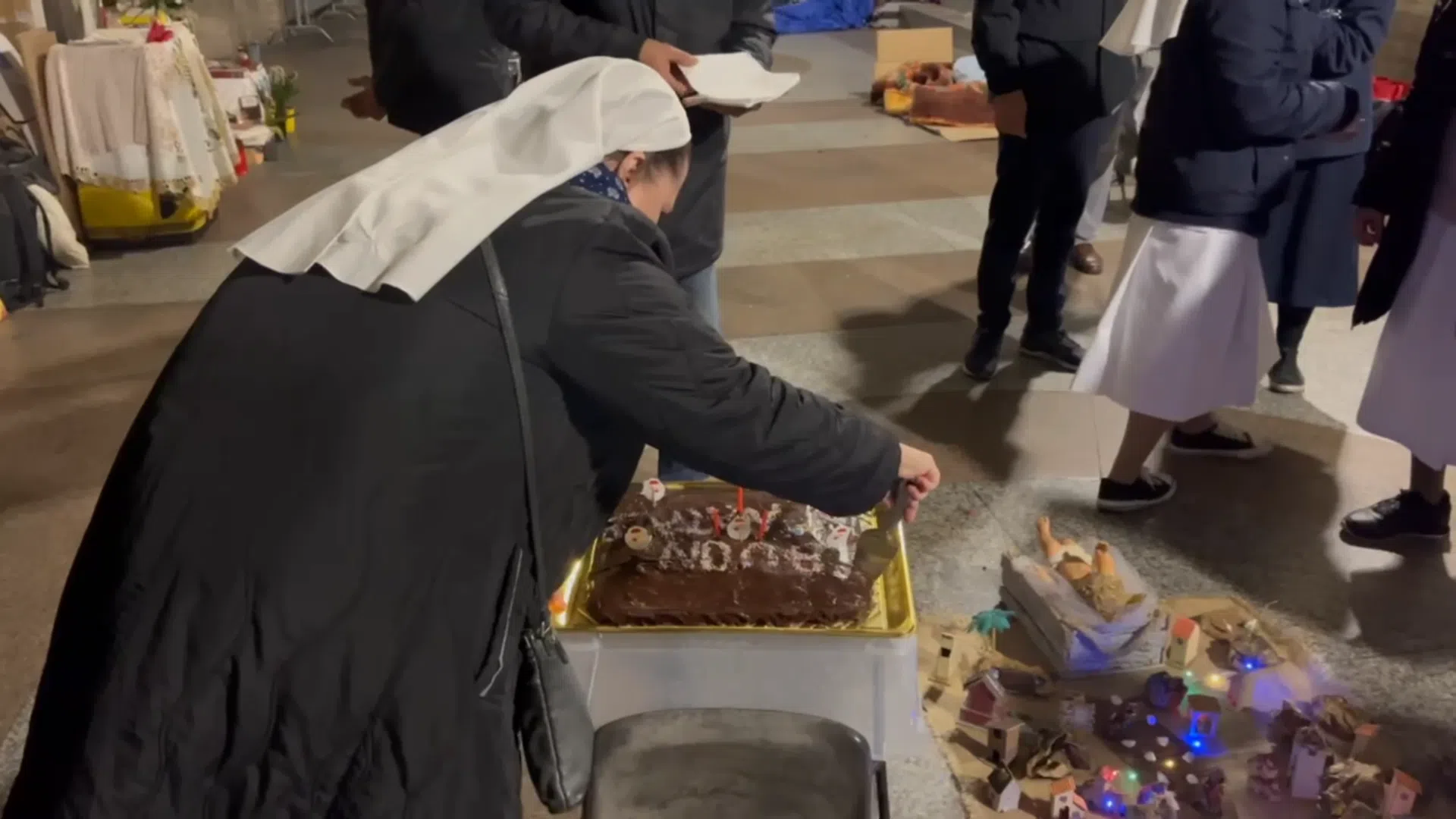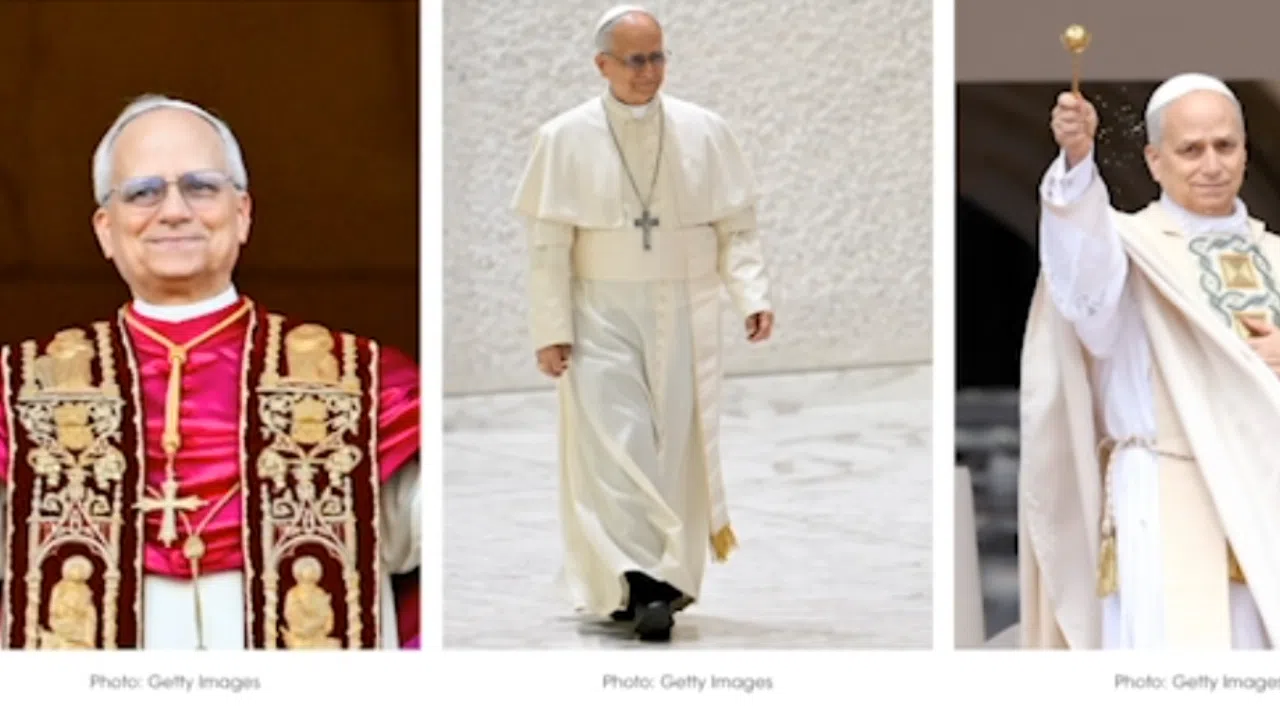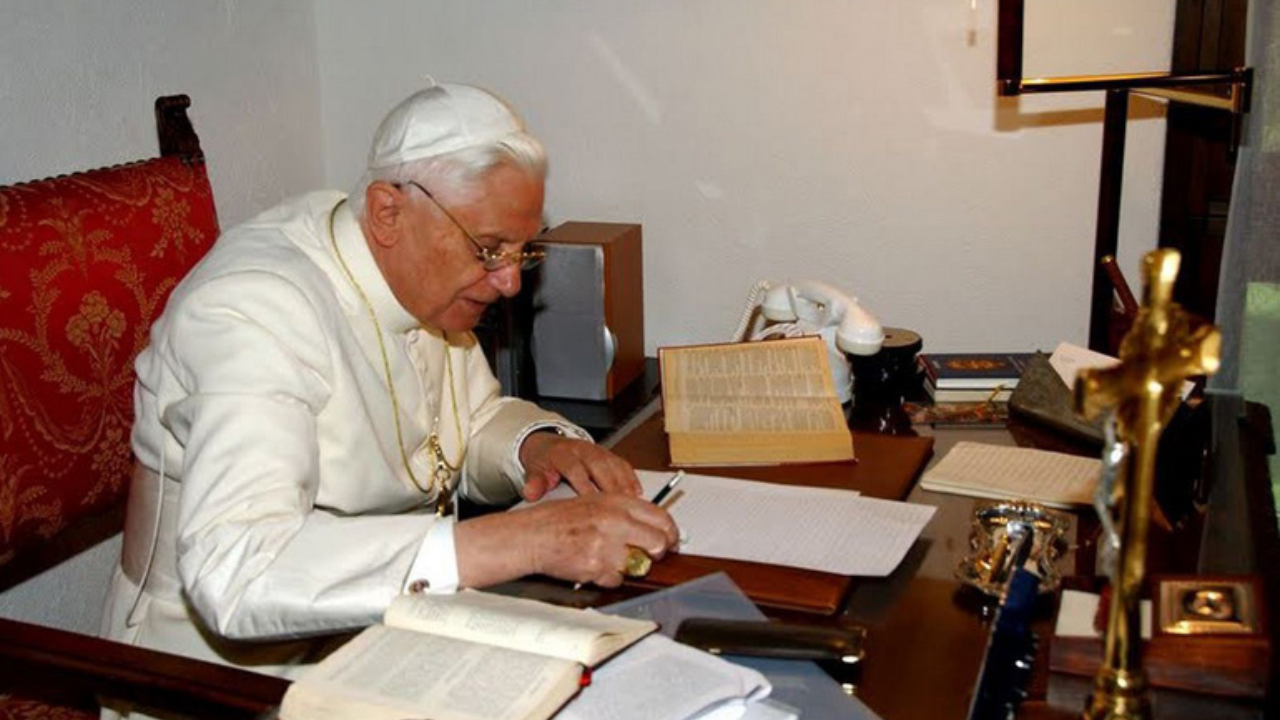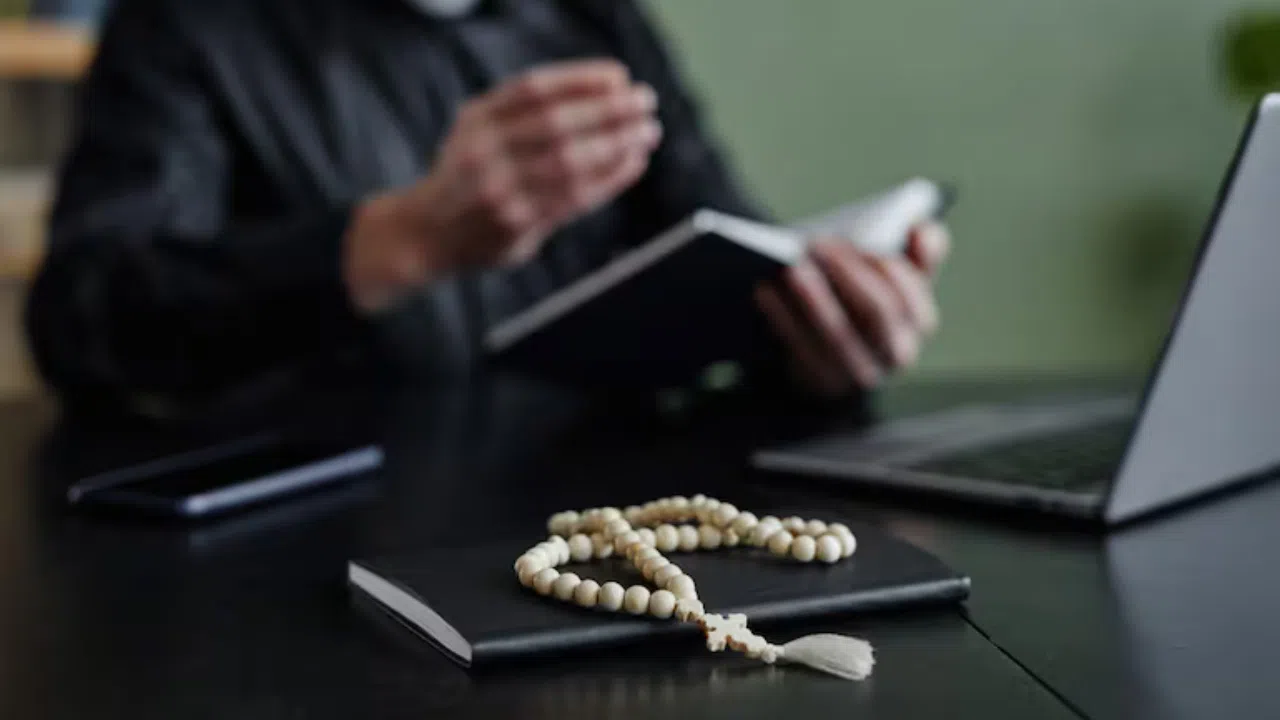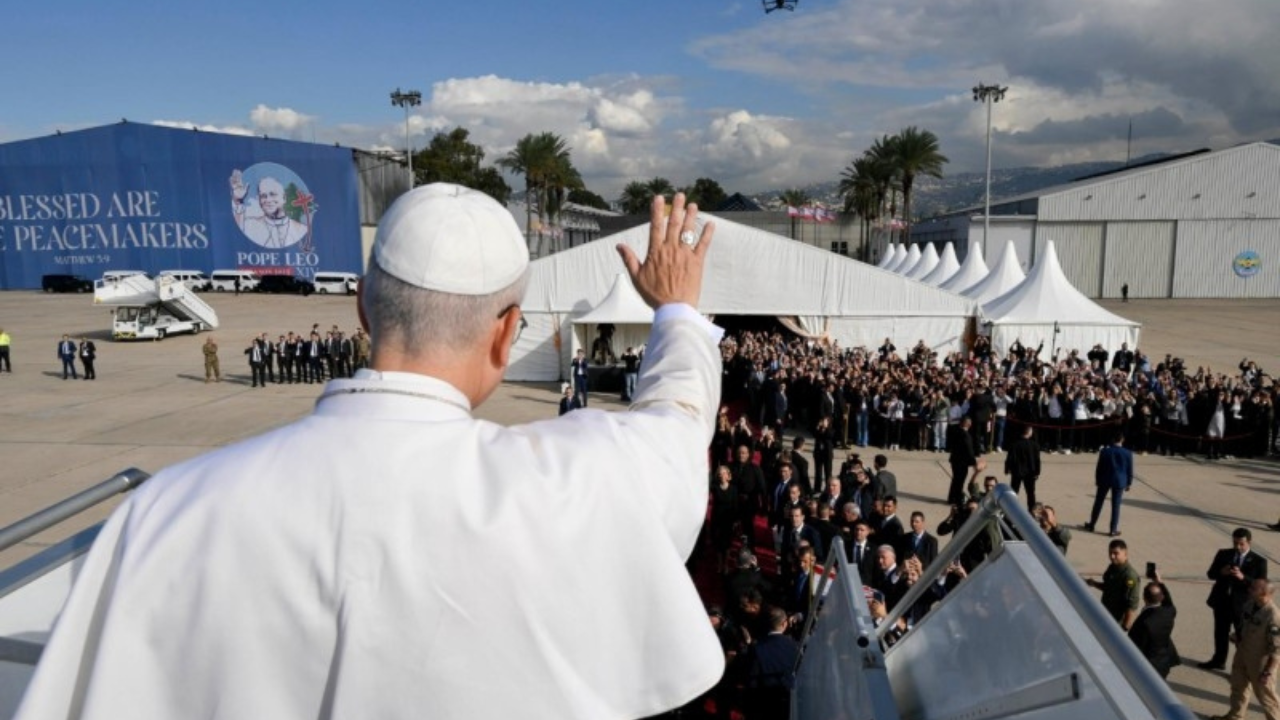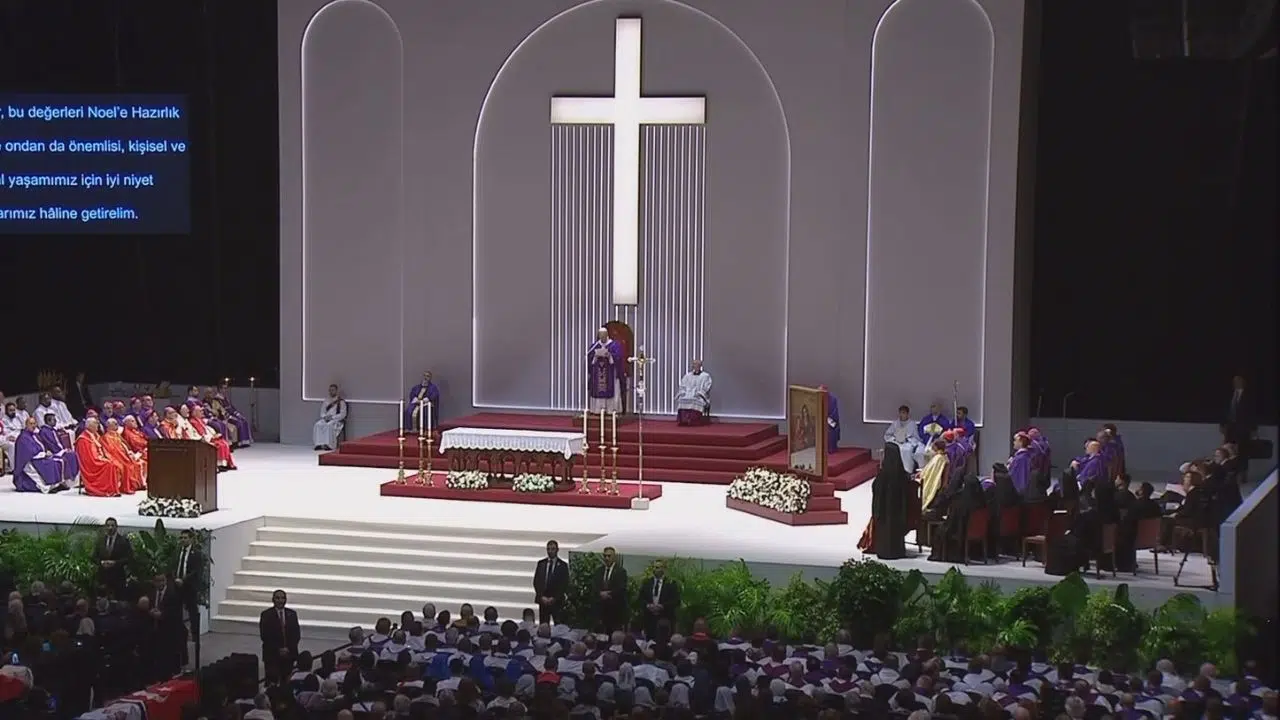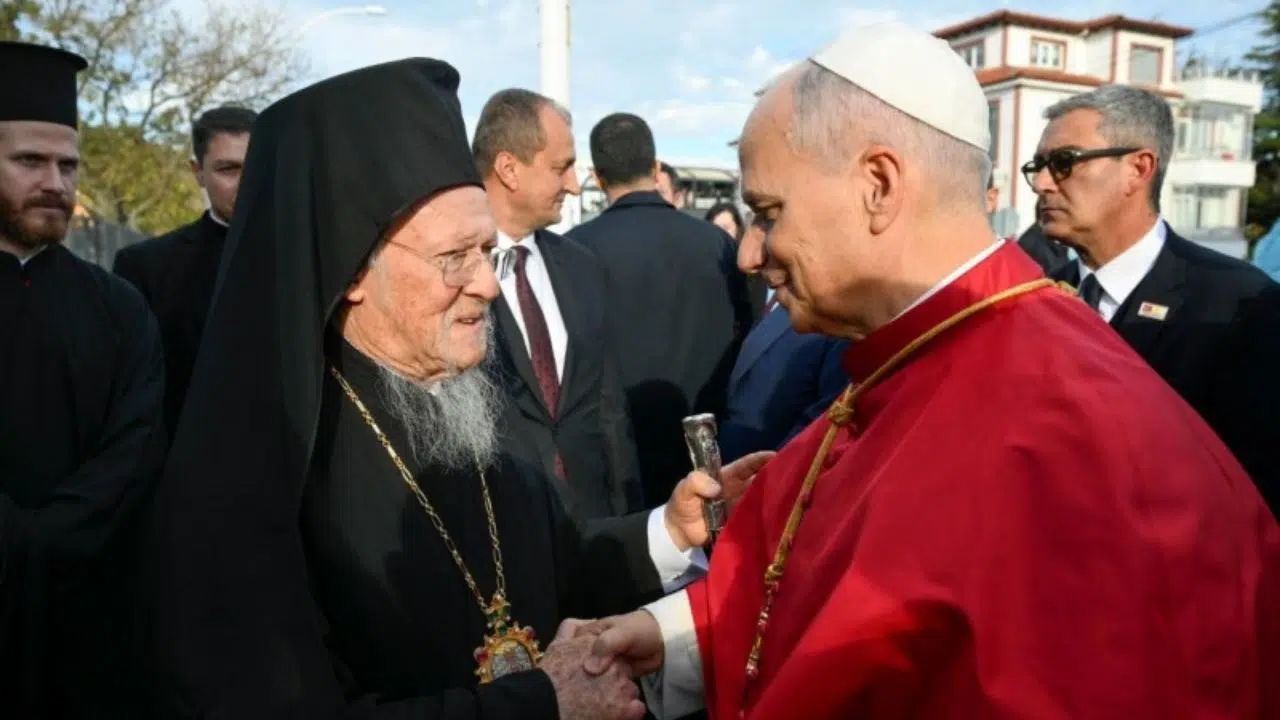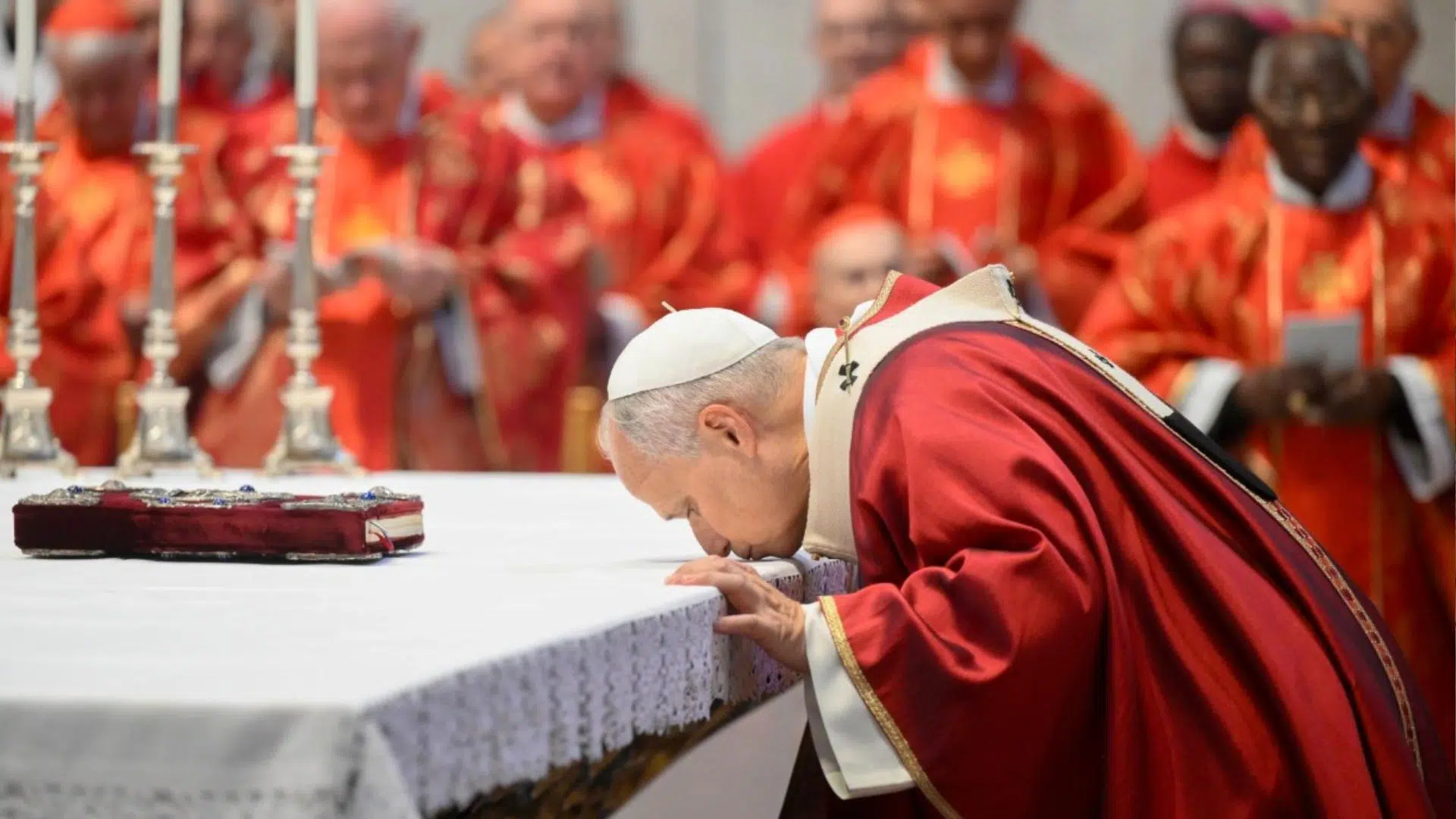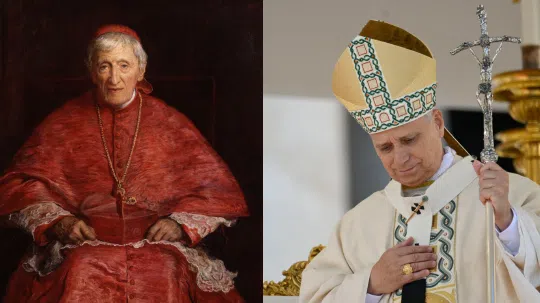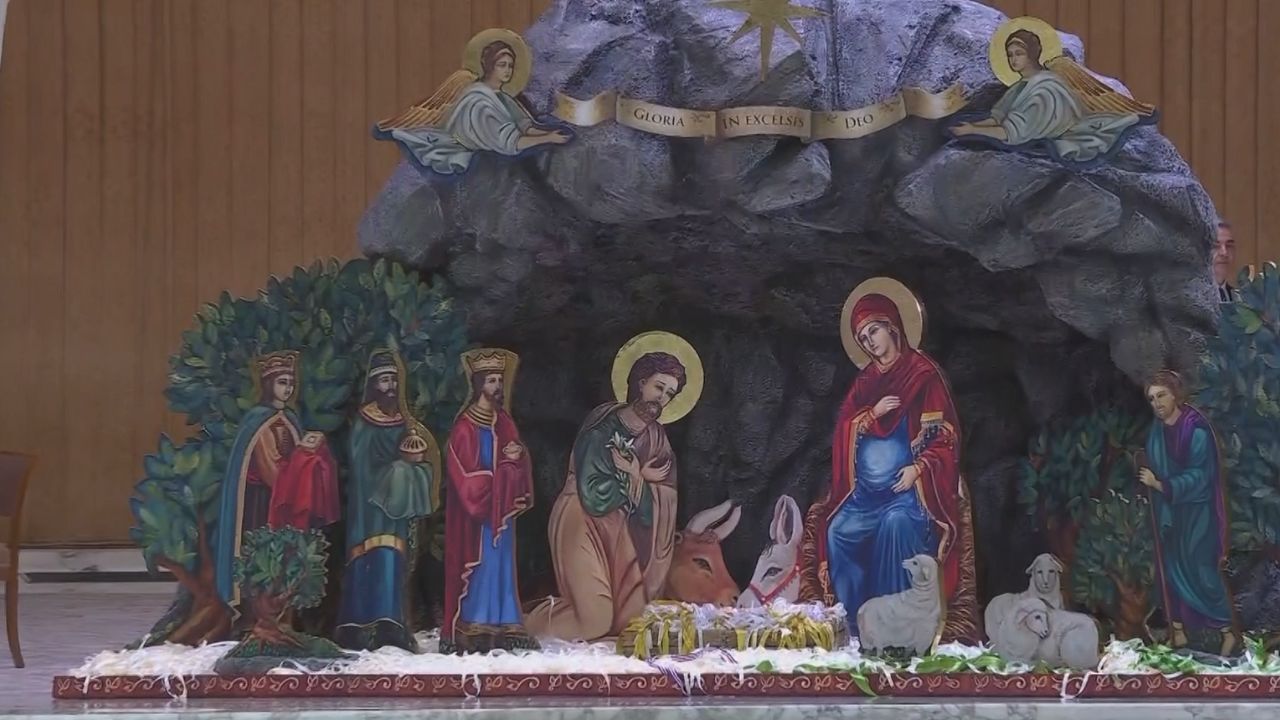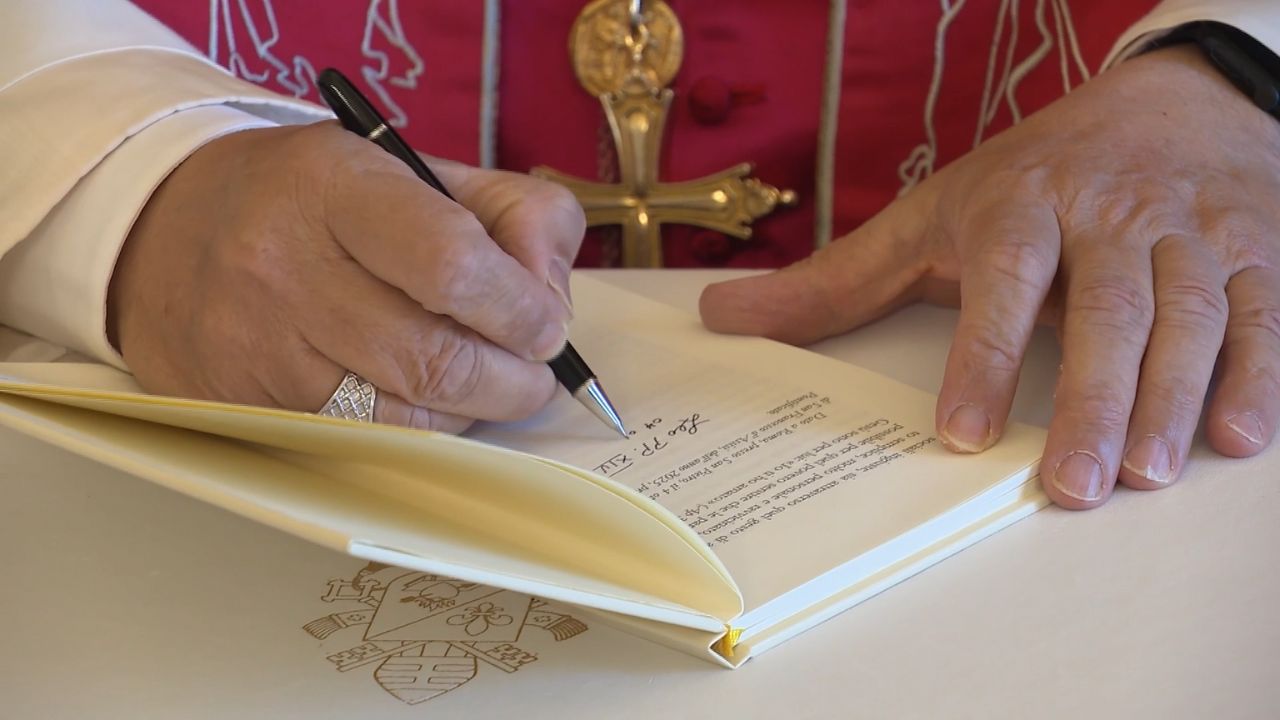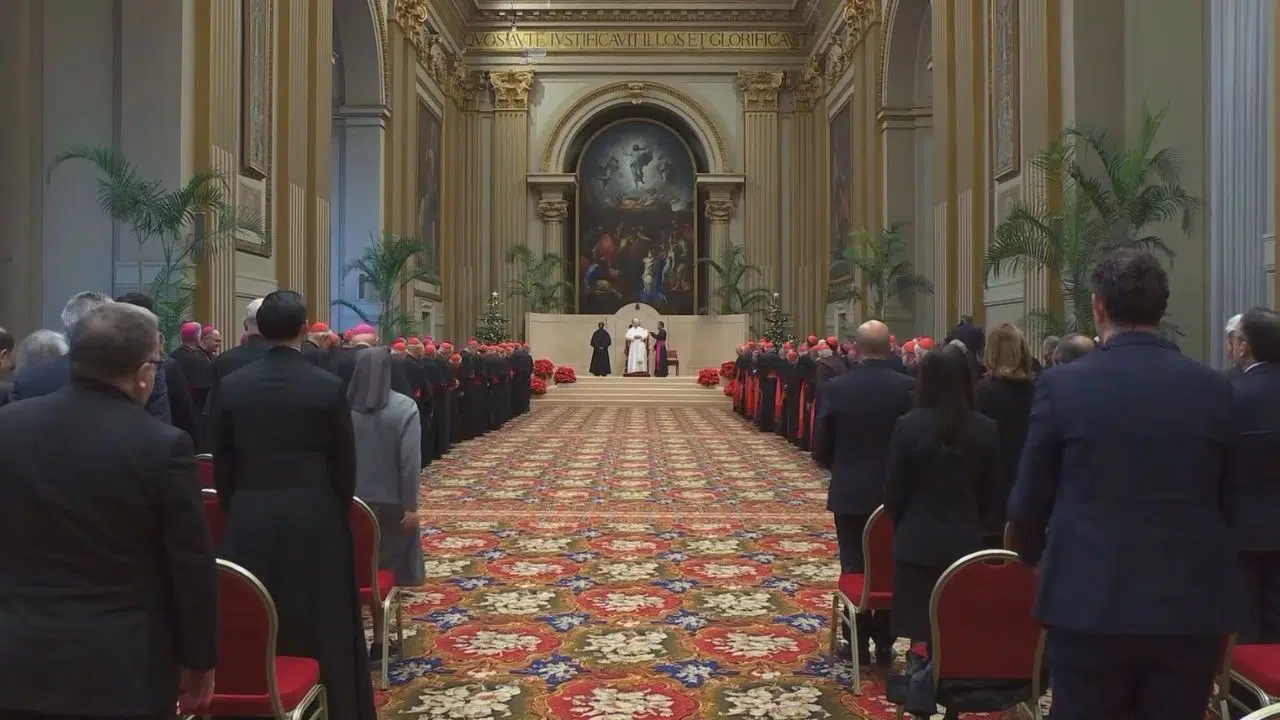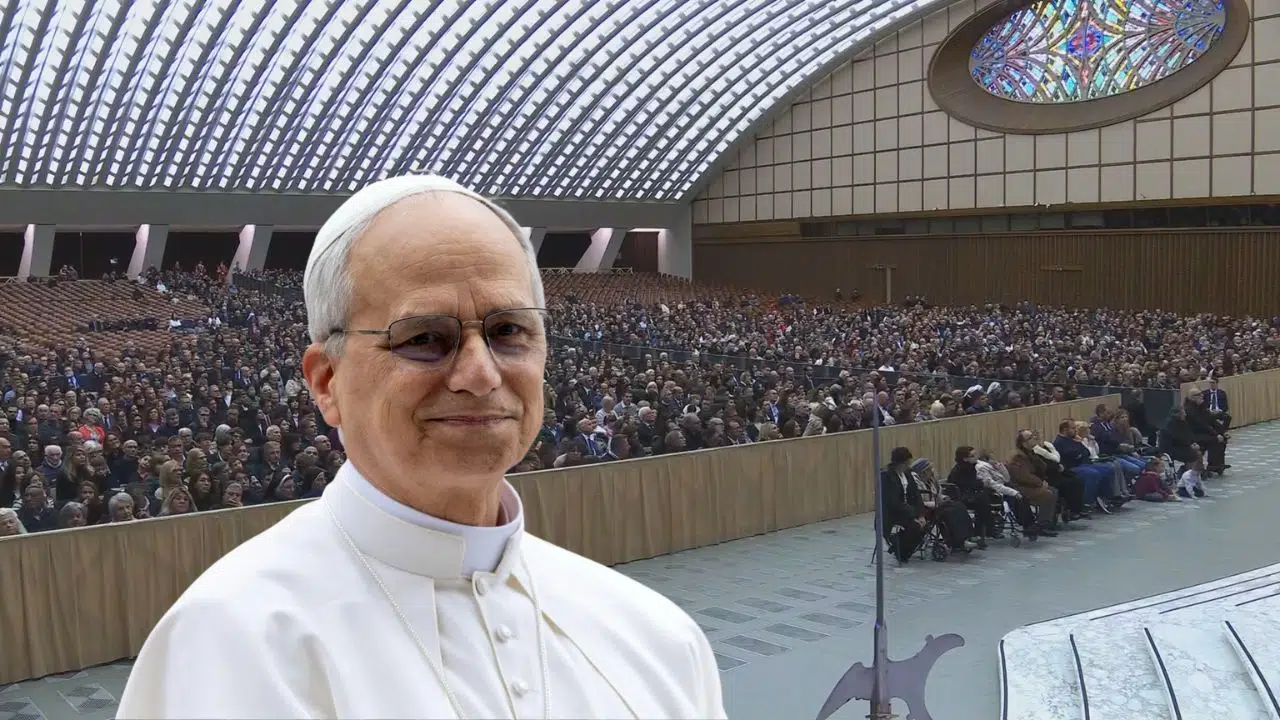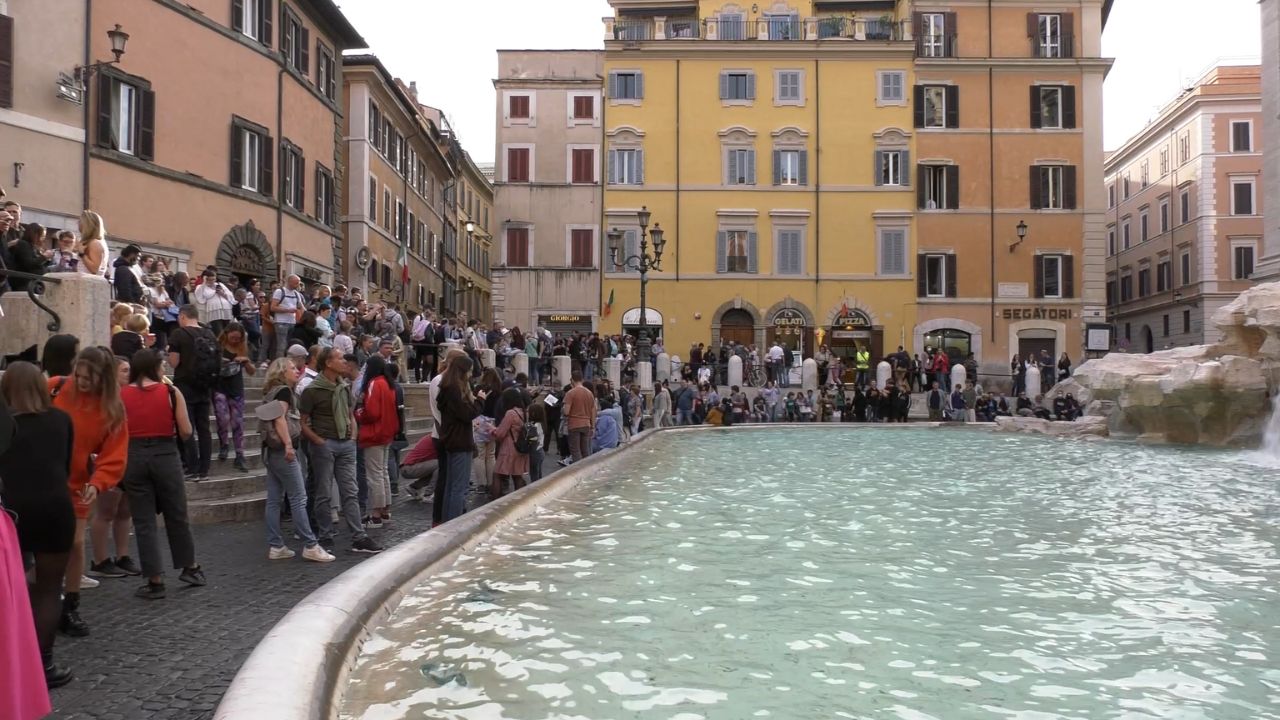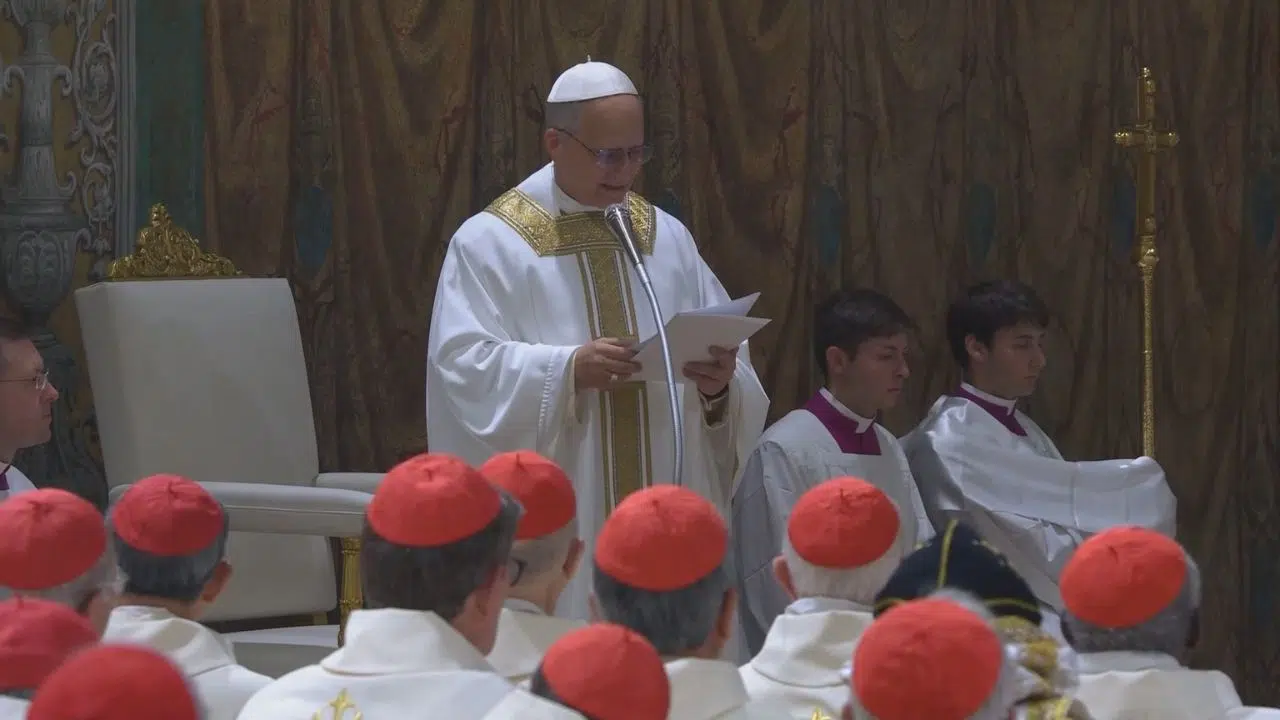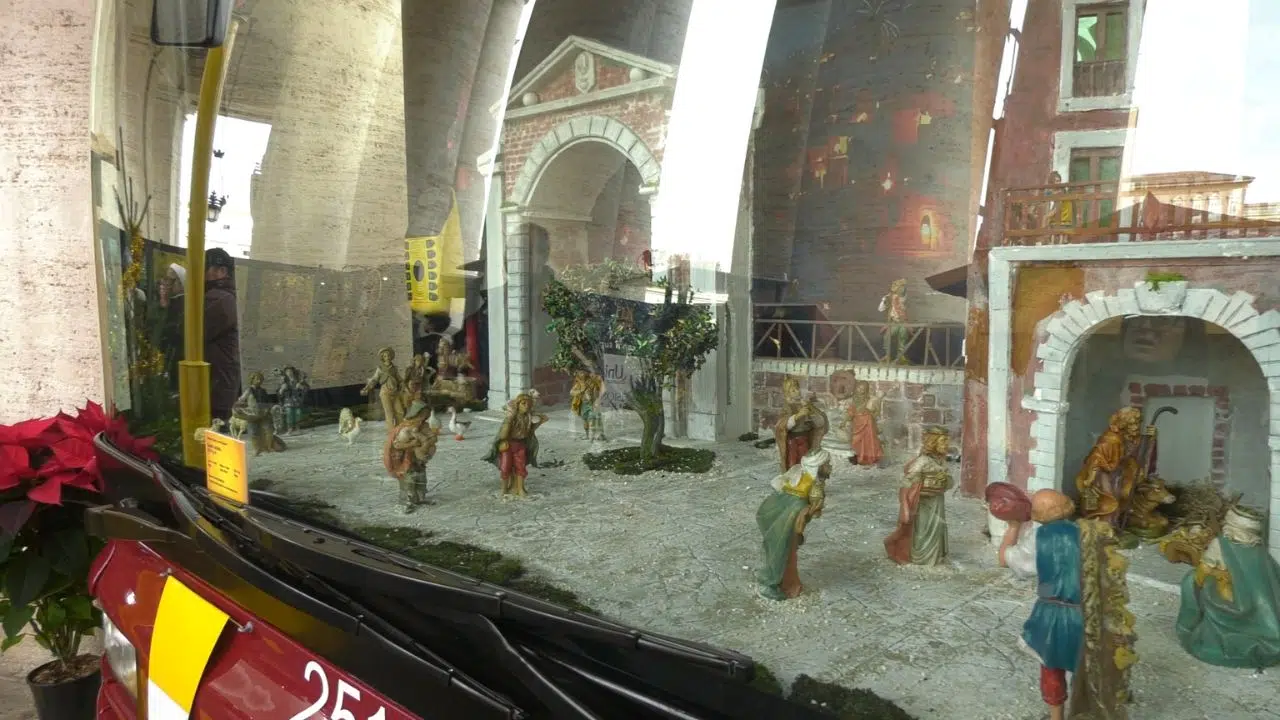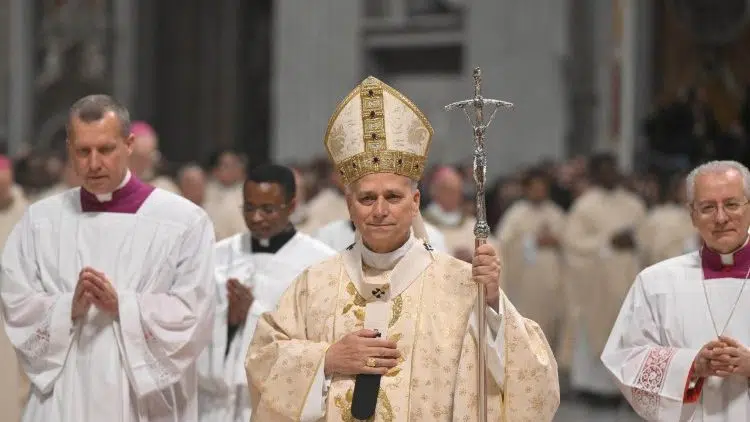The Sekhmet Project began in 2017 to study the eleven statues of the Egyptian goddess that have been preserved in the Vatican Museums since the nineteenth century.
Slowly, what began as a mere study of the statues became an international and multidisciplinary collaboration.
ALESSIA AMENTA
Vatican Museums
We have been asked to collaborate with a very important excavation in Egypt that studies and recovers the largest funerary temple in ancient Egypt, in West Thebes—today's Luxor—so on the West bank of the river.
The Egyptian temple being studied was the funerary temple of the pharaoh Amenhotep III and held hundreds of statues of the goddess Sekhmet. 150 years after the construction of the temple, it was destroyed by an earthquake and practically became an open-air quarry, revealing hints of what the Egyptian workers endured for the creation of the Pharaoh's temple.
ALESSIA AMENTA
Vatican Museums
All the statues of the goddess Sekhmet from this temple are diorite grade and are quarries away from the place where the temple was built, which is Luxor.
Imagine the organization in the quarry extracting more than 300, 400, 500 blocks. We think that these blocks, for the most part, were cleared in the quarry because if not, they were too heavy. Then they were transported on sleds to the river and then away on a boat.
The Sekhmet Project has strikingly uncovered the advanced technologies and techniques used by the Egyptians in 1300 B.C. For Vatican Museums curator Alessia Amenta, the project represents an essential continued dialogue between scholars and objects with the public.
ALESSIA AMENTA
Vatican Museums
The diorite grade is one of the hardest stones in nature. We are talking about the 9th grade on the Moss scale. Today we carve it with a diamond point and think that in the Bronze Age they were carved with extremely light, soft tools. Even today, the execution technique of these statues also really escapes us.
The museum can really be a research center and it must be that—it is not just a place where objects are placed inside display cases or in large rooms like this. They are living objects that can continue to tell so many stories that we can continually discover, investigate and delve into.
Over 6 million tourists are welcomed into Vatican Museums each year. For the collection of the Egyptian goddess statues, preservation and international collaboration will continue, for the sake of being studied and appreciated by both travelers and scholars.
AT/JRB
